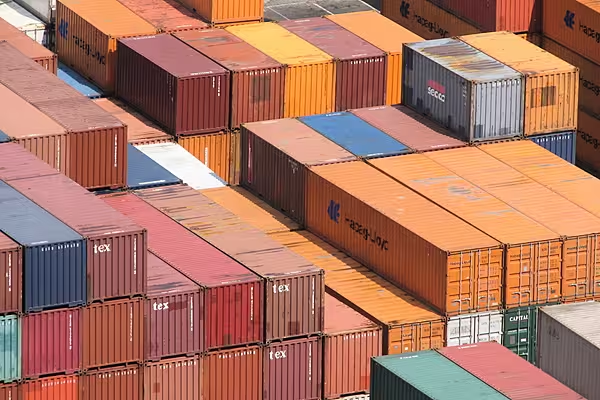China’s industrial production showed unexpected strength in November and retail sales rose the most this year, adding to evidence that the world’s second-largest economy is seeing signs of stabilisation in old growth drivers and renewed vigor in the newer ones.
Industrial output climbed 6.2 per cent from a year earlier, the National Bureau of Statistics said Saturday, compared with the 5.7 per cent median estimate of economists surveyed by Bloomberg and October’s 5.6 per cent. The fresh data helped lift Bloomberg’s monthly China gross domestic product tracker up to an estimated 6.85 per cent growth pace last month for the best reading since June.
The three reports, all posting unexpected signs of increasing demand, followed others this week showing the yearlong slide in imports is moderating and that consumer inflation is picking up. Chinese officials have been adding monetary and fiscal stimulus to support growth while shifting to a more balanced, services and consumption-led economy and away from manufacturing and infrastructure spending. After five months of falling exports, policy makers signaled Friday they would reduce the yuan’s link to the dollar.
"The risk of a hard landing remains low," Louis Kuijs, head of Asia economics at Oxford Economics Ltd. in Hong Kong, wrote in a note after the reports. "The macro-policy easing measures taken earlier this year have had a favorable impact on growth."
Fixed-asset investment increased 10.2 per cent in the first 11 months, while retail sales gained 11.2 per cent last month. All three gauges released Saturday showed more strength than economists had forecast, with industrial output exceeding all but one of 37 economist estimates in the survey.
There’s been a strong pick-up in automobile production after the government reduced a purchase tax on small passenger vehicles in October, said Zhou Hao, a Singapore-based economist at CommerzBank AG.
Average daily auto production rose 16 per cent in November from a year earlier, NBS said. That compared with a 4.9 per cent increase in October and a 11.2 per cent drop in July.
“China’s economy is stabilising, and has stopped from slipping,” said Shen Jianguang, chief Asia economist at Mizuho Securities Asia Ltd. in Hong Kong. “We’re going to see clearer improvements in the next few months as the government keeps cutting interest rates and reserve requirements as well as adopting more proactive fiscal policies.”
New Stimulus
Policy makers have unleashed new rounds of fiscal and monetary stimulus to keep growth on track as it slowed from 7.3 per cent last year, already the slowest full year in a quarter century, to 7 per cent in the first half and to 6.9 per cent in the third quarter.
President Xi Jinping’s goal for gross domestic product expansion of at least 6.5 per cent over the next five years is already at risk even after China cut interest rates six times since late last year to a record and added new kinds of stimulus. Growth will fall below Xi’s bottom line next year, according to a third of forecasters surveyed by Bloomberg News, while the median estimate for 2017 is for a 6.3 per cent expansion.
Monetary Measures
China’s broadest measure of new credit rebounded in November, official data showed Friday, signaling that monetary measures are having an impact. Aggregate financing rose to 1.02 trillion yuan ($158 billion) in November, according to the People’s Bank of China. That compared with the median forecast of 970 billion yuan in a Bloomberg survey.
The PBOC cut the yuan’s reference rate on Wednesday to 6.4140 per dollar, its weakest level since 2011. On Friday, the central bank’s China Foreign Exchange Trade System unit spurred speculation that policy makers want to reduce the currency’s link to the dollar and let it weaken further.
Loosening the link to the dollar, which has climbed to the highest in more than a decade against major peers, would help support trade for China’s export-dependent economy.
News by Bloomberg, edited by ESM. To subscribe to ESM: The European Supermarket Magazine, click here.














